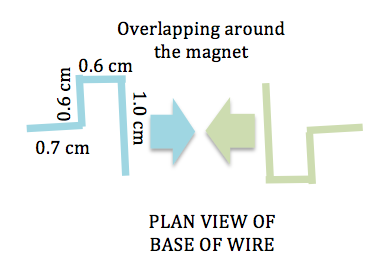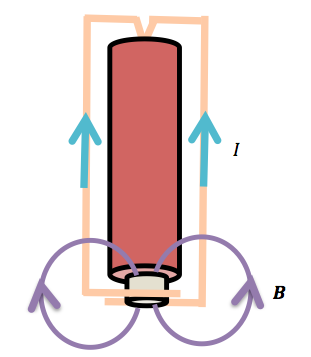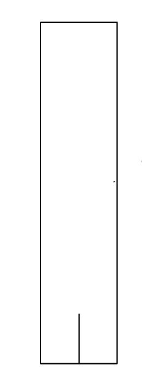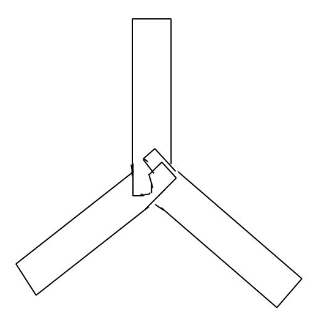I enjoy lecturing on topics like Superposition and Electromagnetism in the GCE A-level syllabus as they lend themselves well to the use of fun demonstrations that I can perform in front of the audience.
One of the recent demonstrations that I did was to demonstrate the measurement of the magnetic force acting on a wire and to show that the force can be inverted when the current is reversed. The magnitude of the force can be shown to be consistent with the relationship $$F = BIl \sin \theta$$, where $B$ is the magnetic flux density, $I$ is the current within the wire, $l$ is the length of the wire and $\theta$ is the angle between the wire and the magnetic field. This can be illustrated by independently varying one of the 4 variables and observing the change in force.
The setup is also a good for a demonstration to illustrate Fleming’s Left-Hand Rule.
Meanwhile, here’s a video I made to show what I did:




